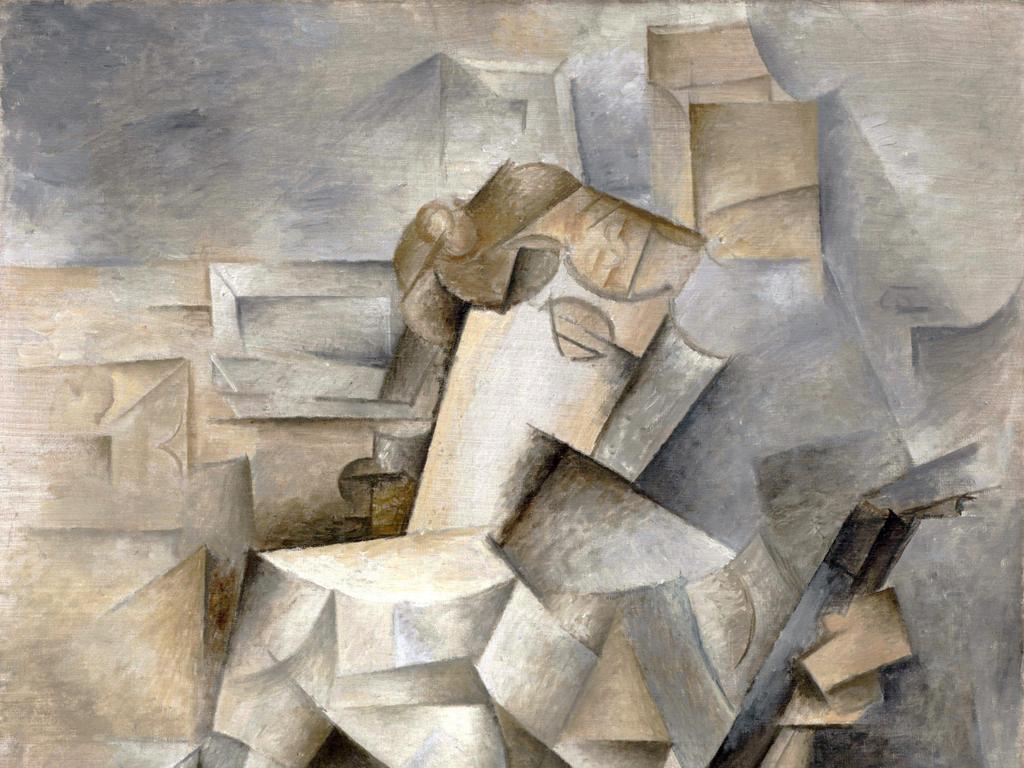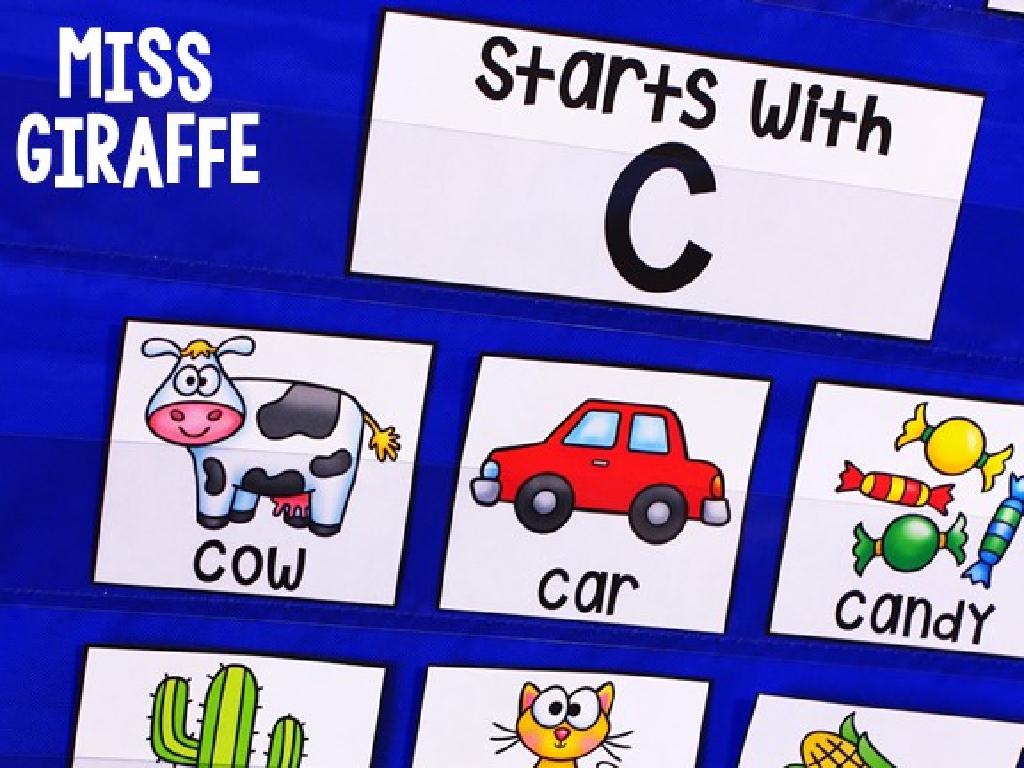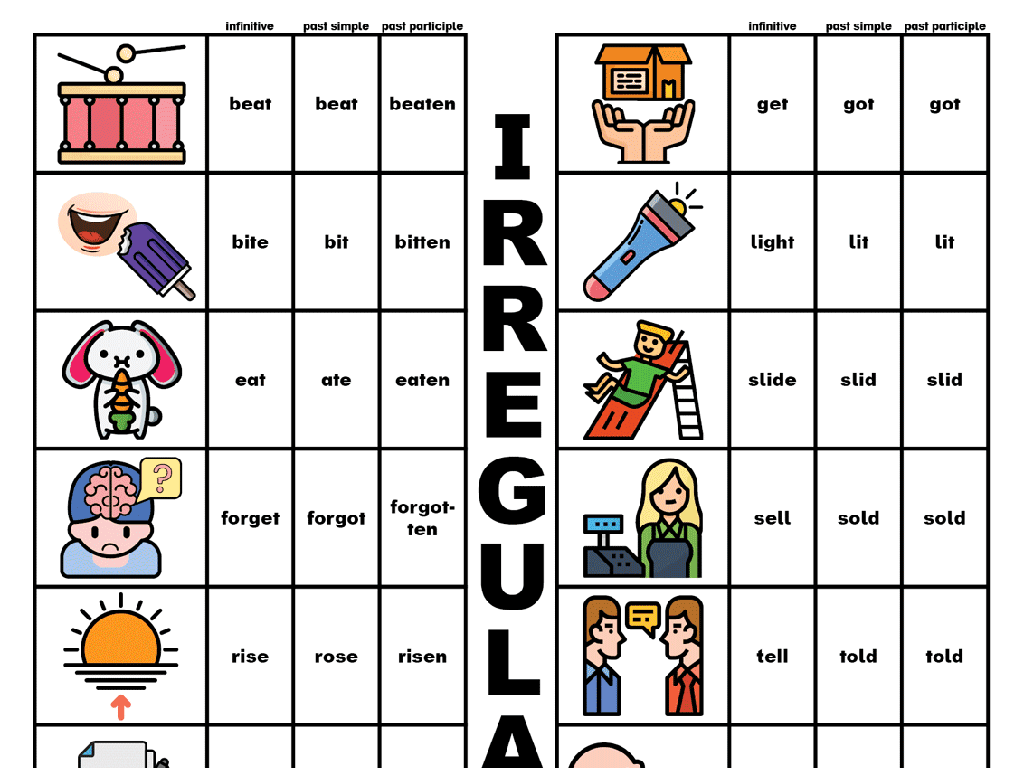Add And Subtract Integers: Input/Output Tables
Subject: Math
Grade: Sixth grade
Topic: Operations With Integers
Please LOG IN to download the presentation. Access is available to registered users only.
View More Content
Operations with Integers: Adding & Subtracting
– Understanding integers
– Integers include positive, negative numbers, and zero
– Adding and subtracting rules
– To add: same signs, add and keep; different signs, subtract and keep the sign of the bigger number
– Real-life integer applications
– Temperature changes, bank transactions
– Practice with input/output tables
– Use tables to simplify integer operations and visualize patterns
|
This slide introduces students to the concept of integers and the basic operations of addition and subtraction within the context of input/output tables. Begin by explaining what integers are, including the inclusion of negative numbers and zero. Move on to the rules for adding and subtracting integers, emphasizing the importance of the sign of the numbers involved. Provide real-life examples where integer operations are used, such as in temperature changes or bank transactions, to illustrate their practical applications. Finally, demonstrate how input/output tables can be used to organize and solve integer problems, helping students to recognize patterns and understand the operations more deeply. Encourage students to create their own input/output tables with integers to practice.
Understanding Integers
– Define integers
– Integers include whole numbers, zero, and negatives
– Examples of integers
– Positive example: 5, Negative example: -3
– Integers on the number line
– Integers are positioned relative to zero on a line
– Adding and subtracting integers
|
Integers are the set of whole numbers that include positive numbers, negative numbers, and zero. They do not include fractions or decimals. When teaching this concept, use a number line to visually represent integers, showing how they are spaced equally on either side of zero. Provide examples of positive and negative integers, such as temperatures above and below zero, or money earned and owed. Emphasize that understanding the position of integers on the number line is crucial for adding and subtracting them, as it helps visualize the operations. In the next slides, we will explore how to use input/output tables to add and subtract integers effectively.
Adding Integers with Input/Output Tables
– Rules for adding integers
– Same signs add and keep, different signs subtract
– Use a number line for addition
– Visualize adding positive or negative steps
– Example: 5 + (-3)
– 5 steps forward, 3 steps back equals 2
– Practice with input/output tables
– Apply rules to fill in tables with sums
|
This slide introduces students to the concept of adding integers, an important part of understanding operations with integers. Start by explaining the rules for adding integers, emphasizing the concept of same sign addition and different sign subtraction. Demonstrate the use of a number line as a visual aid to help students grasp the concept of adding positive and negative numbers. Use the example 5 + (-3) to show how to perform this operation step by step. Finally, engage students with input/output tables to apply what they’ve learned; this will help solidify their understanding through practice. Encourage students to create their own examples and use the number line to solve them.
Subtracting Integers with Input/Output Tables
– Rules for subtracting integers
– To subtract, add the opposite of the number
– Subtract using a number line
– Visualize subtraction by moving left on the number line
– Example: Subtract (-2) – 4
– Starting at -2, move 4 places left to reach -6
– Practice with input/output tables
– Apply rules to fill tables with correct answers
|
This slide introduces students to the concept of subtracting integers, an important part of understanding operations with integers. Start by explaining the rules for subtracting integers, emphasizing the concept of adding the opposite. Use a number line as a visual aid to help students grasp the idea of moving to the left when subtracting. Work through the example (-2) – 4 by showing this movement on the number line, resulting in -6. Finally, engage students with input/output tables to practice applying these rules, reinforcing their understanding through repetition and variation of examples.
Understanding Input/Output Tables with Integers
– Define Input/Output Table
– A tool to organize input values and corresponding outputs
– Using Tables for Integer Operations
– Apply addition and subtraction to inputs to determine outputs
– Example: Addition/Subtraction Table
– See how adding or subtracting integers affects the output
– Practice with Class Activity
|
This slide introduces the concept of Input/Output Tables, which are essential for understanding functions in mathematics. The table helps students visualize how each input, or starting number, is changed by a mathematical operation to produce an output. For integer operations, this means applying addition or subtraction to the input values. Provide an example table where integers are added or subtracted, and ask students to observe the pattern in outputs. Conclude with a class activity where students create their own tables using different integer operations, encouraging them to explain their reasoning and the patterns they notice. This hands-on activity will solidify their understanding of the relationship between inputs and outputs when adding and subtracting integers.
Practicing Integer Operations with Tables
– Fill in missing integers in tables
– Use addition/subtraction to complete tables
– Recognize patterns in input/output
– Look for sequences or repeated operations
– Construct a personal input/output table
– Choose a rule and apply it to input numbers
– Understand integer addition/subtraction
|
This slide is aimed at reinforcing the students’ understanding of adding and subtracting integers through the use of input/output tables. Students will practice filling in missing integers by applying inverse operations. They will identify patterns such as consistent increments or decrements in the tables, which will help them recognize arithmetic sequences. Encourage students to create their own tables using a rule they devise, applying addition or subtraction of integers. This activity will help solidify their comprehension of integer operations and prepare them for more complex algebraic concepts. Provide guidance on how to reverse operations to find missing inputs or outputs and ensure students understand that patterns in tables are a foundational concept in algebra.
Class Activity: Integer Operations Relay
– Split class into relay teams
– Set up stations with integer challenges
– Each station has a unique integer addition or subtraction problem
– Complete challenges at each station
– Use input/output tables to solve the problems
– First team to finish correctly wins
|
This activity is designed to encourage teamwork and reinforce the concept of adding and subtracting integers using input/output tables. Divide the class into small groups, and set up various stations around the classroom, each with a different integer operation challenge. Students must work together to solve the problems at their station before moving on to the next. Each station will have an input/output table where students apply integer operations to find the correct outputs. The first team to complete all stations accurately will be declared the winner. This activity promotes cooperative learning and allows students to practice their skills in a fun, competitive environment. Possible variations for different stations could include: simple addition/subtraction, finding missing numbers in sequences, and word problems requiring integer operations.






